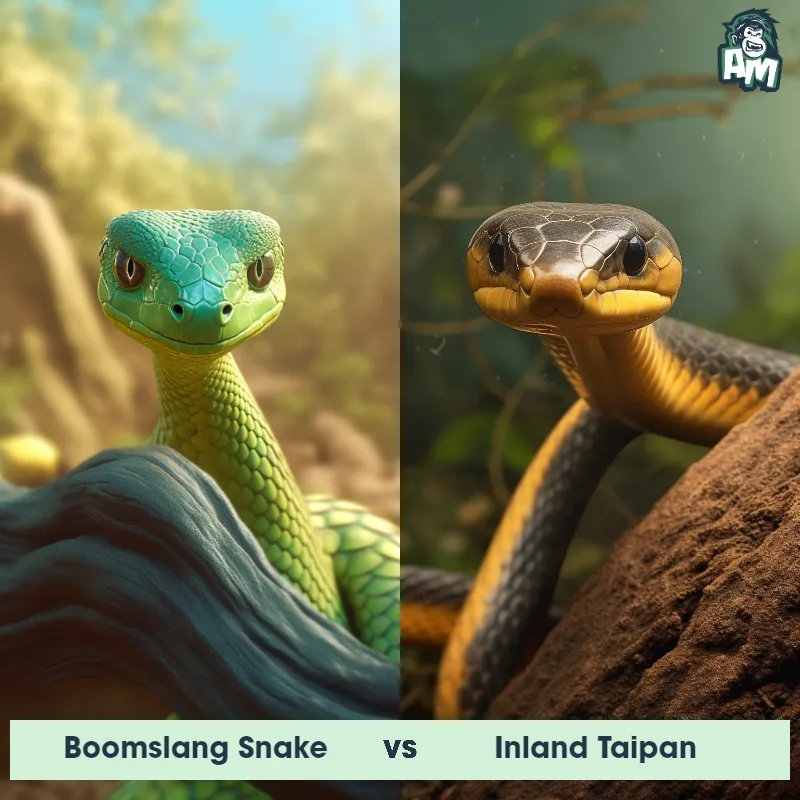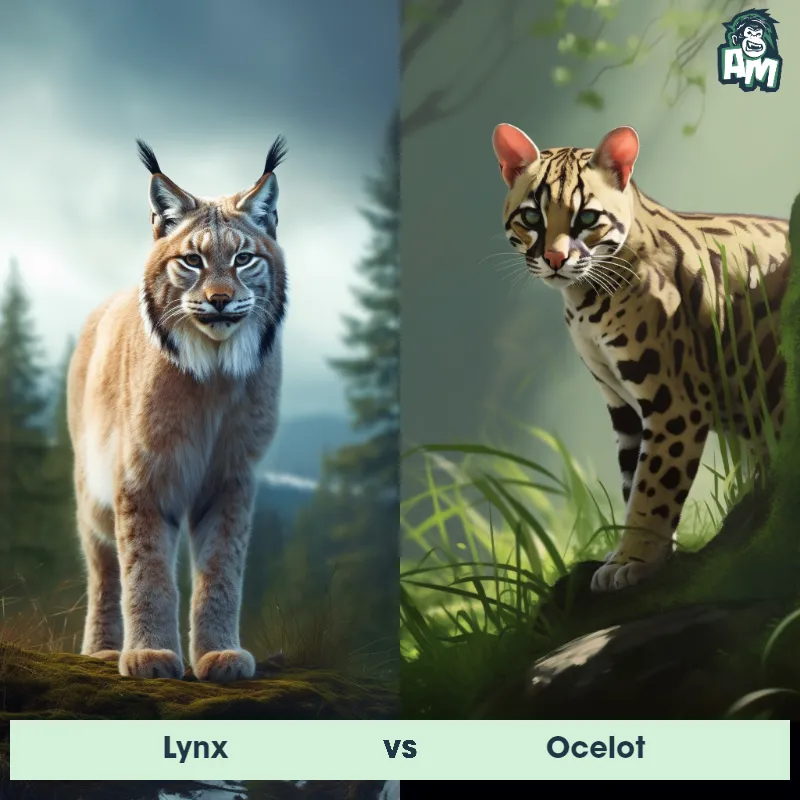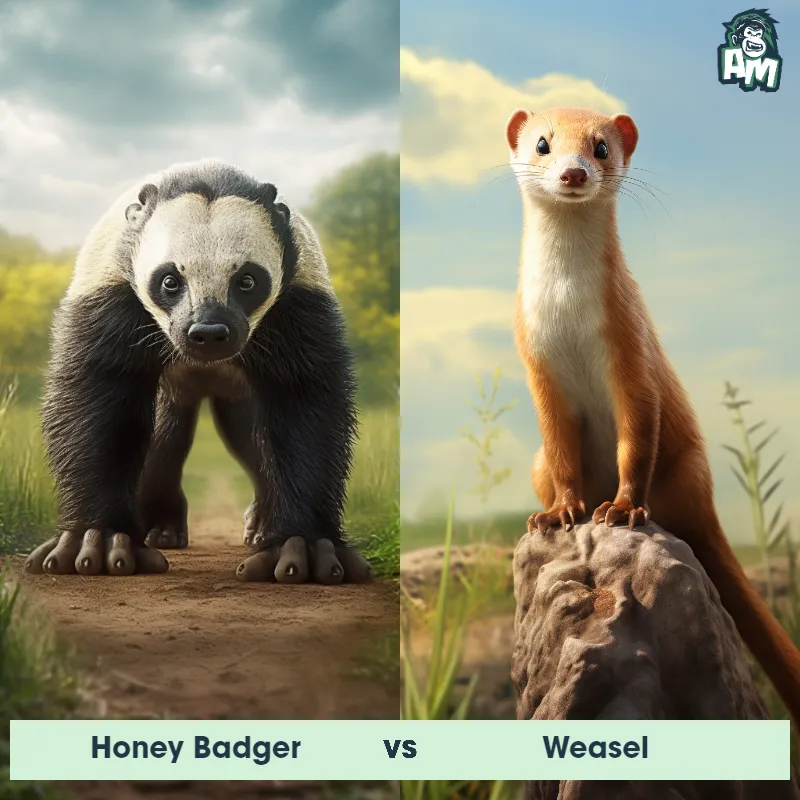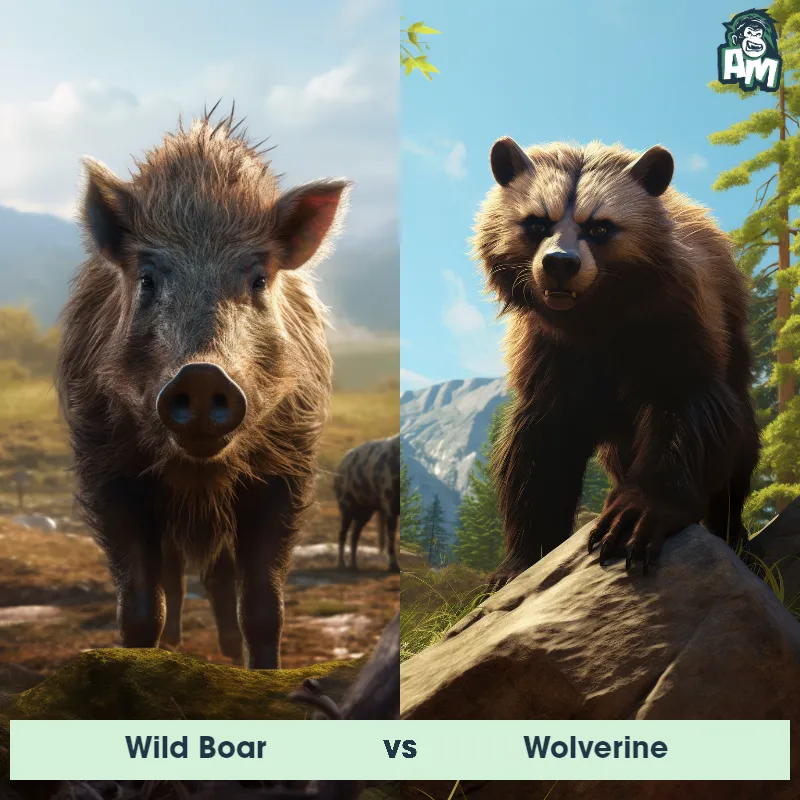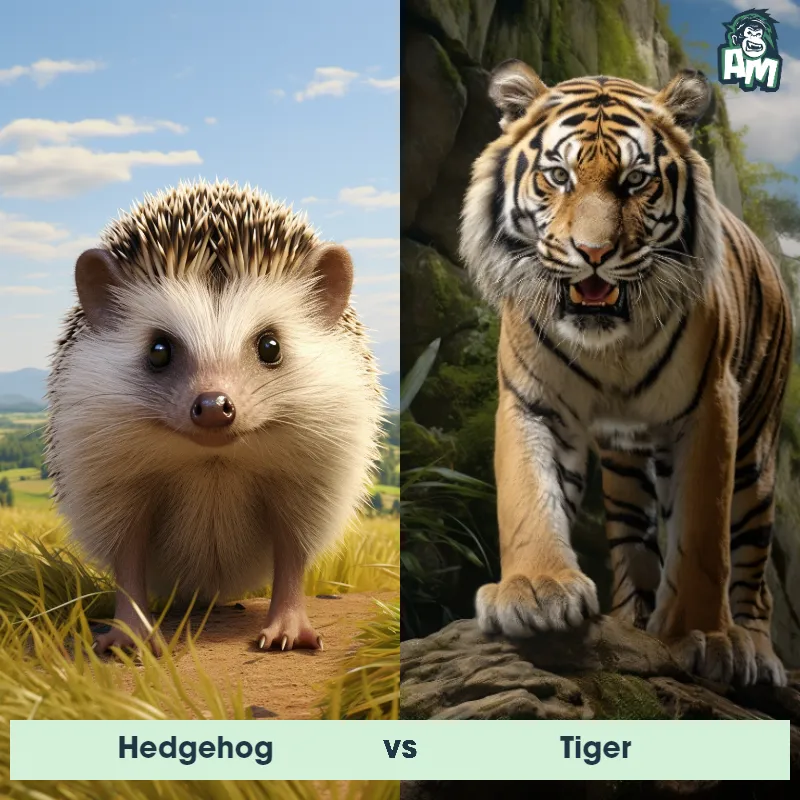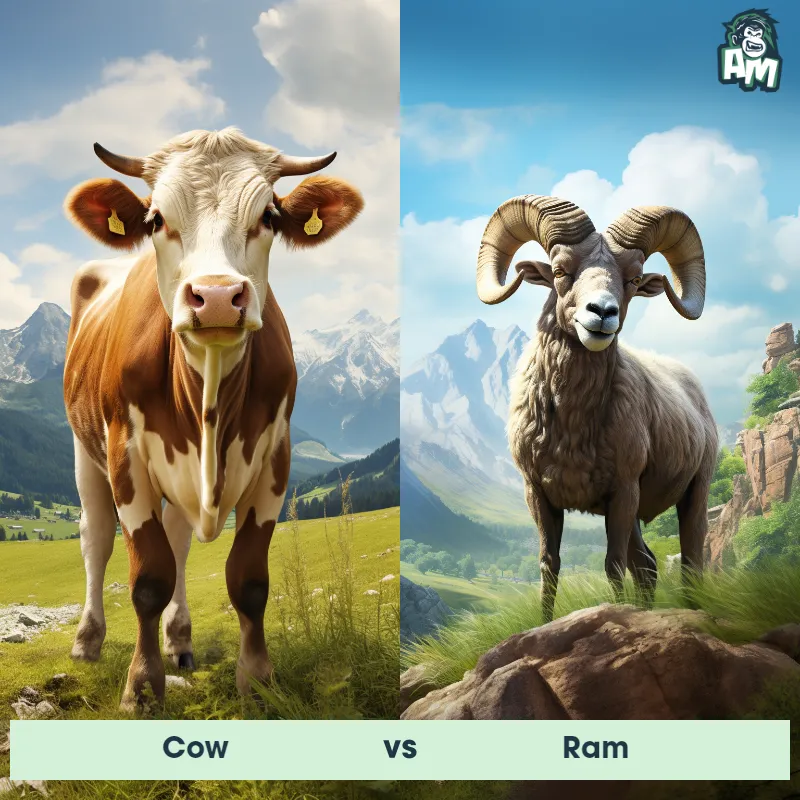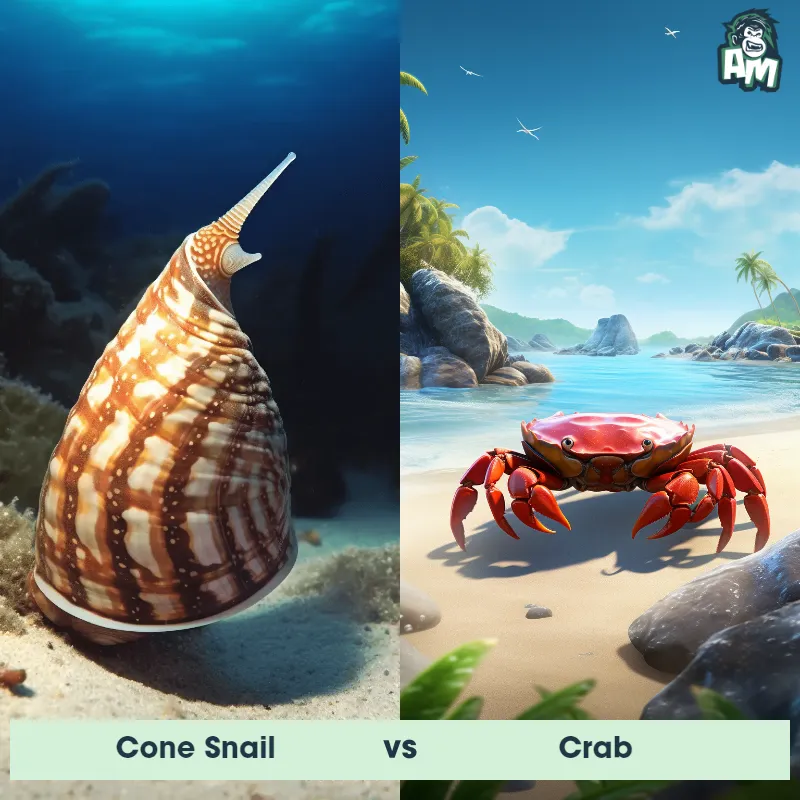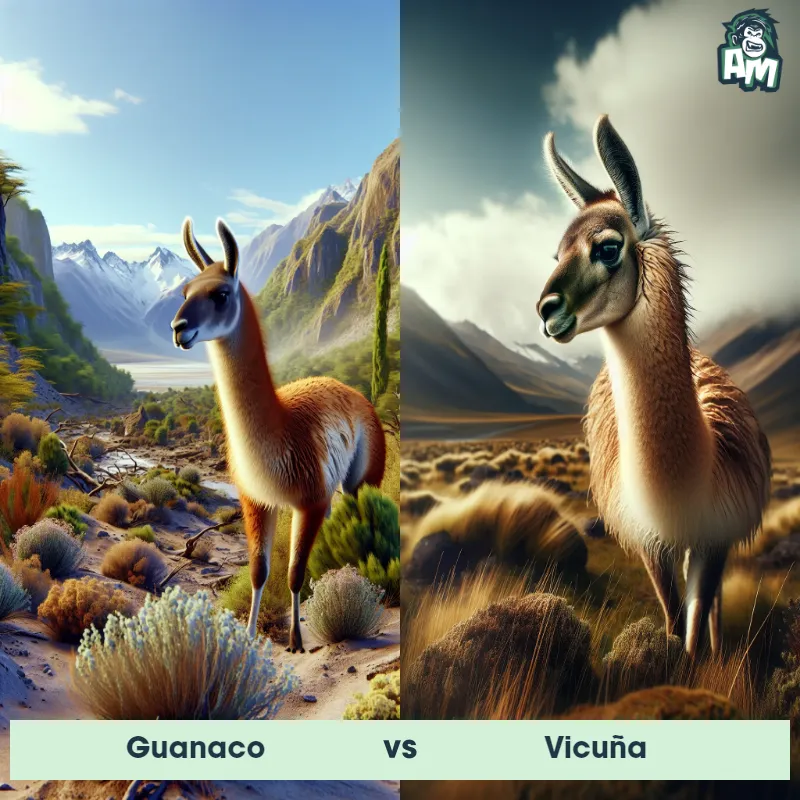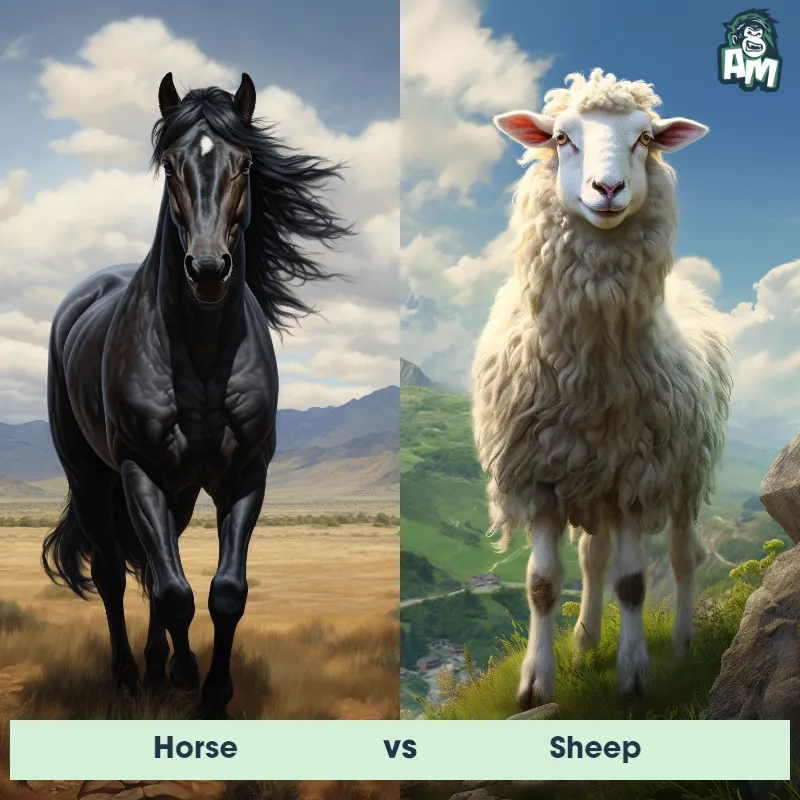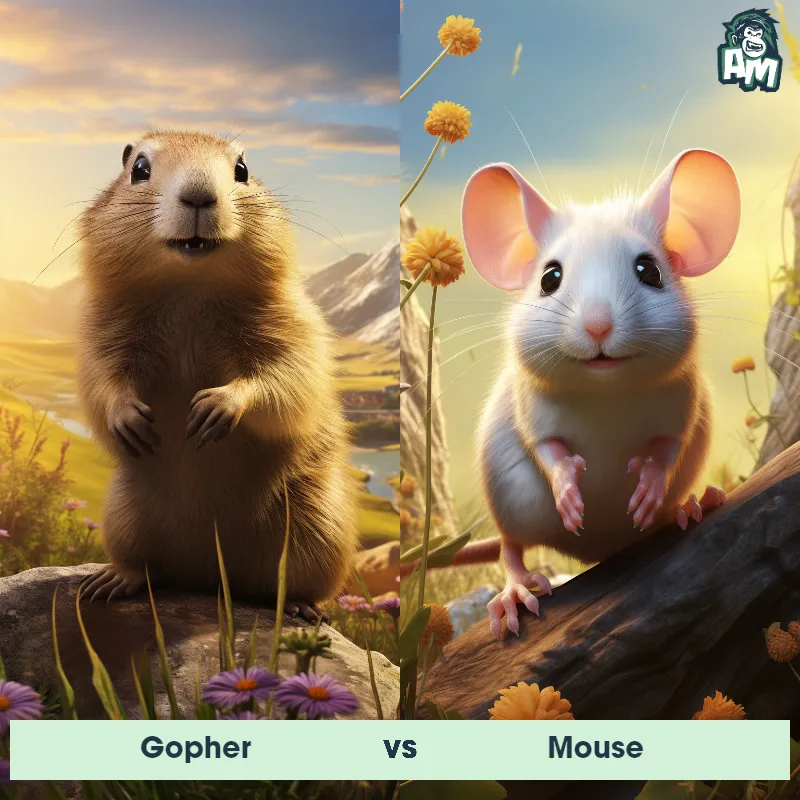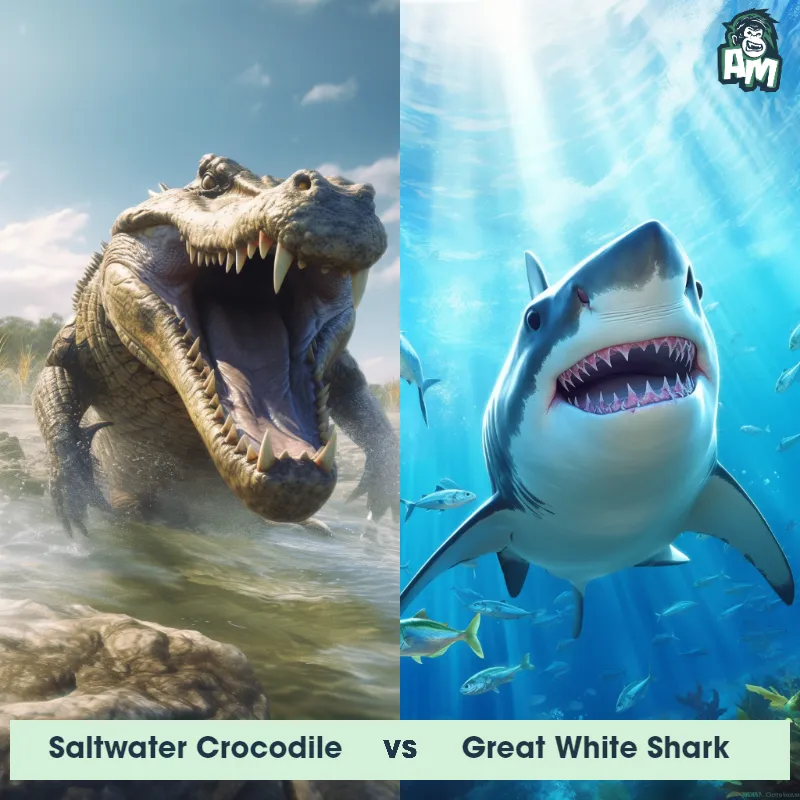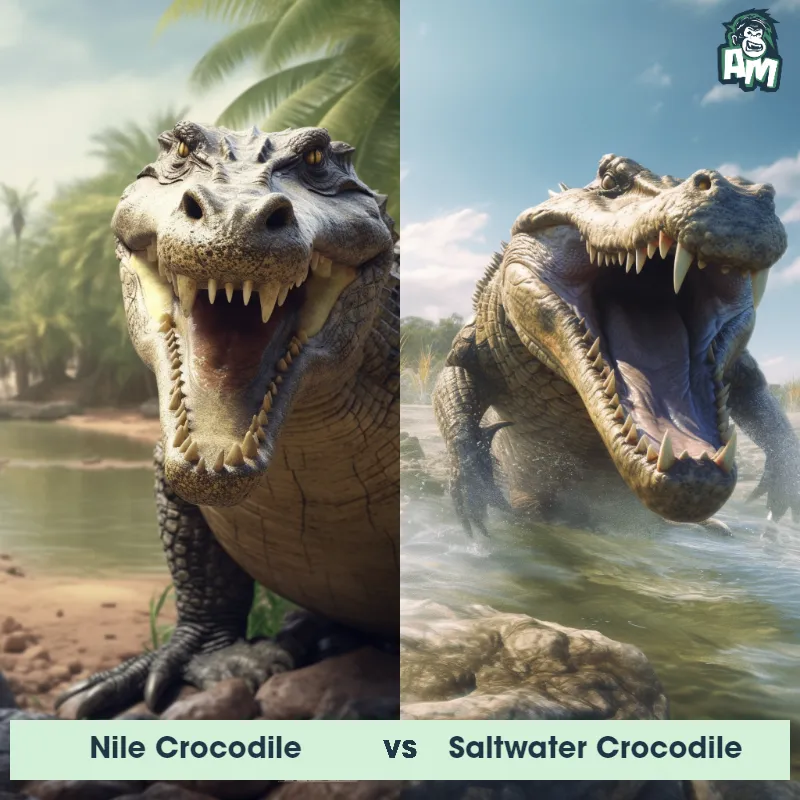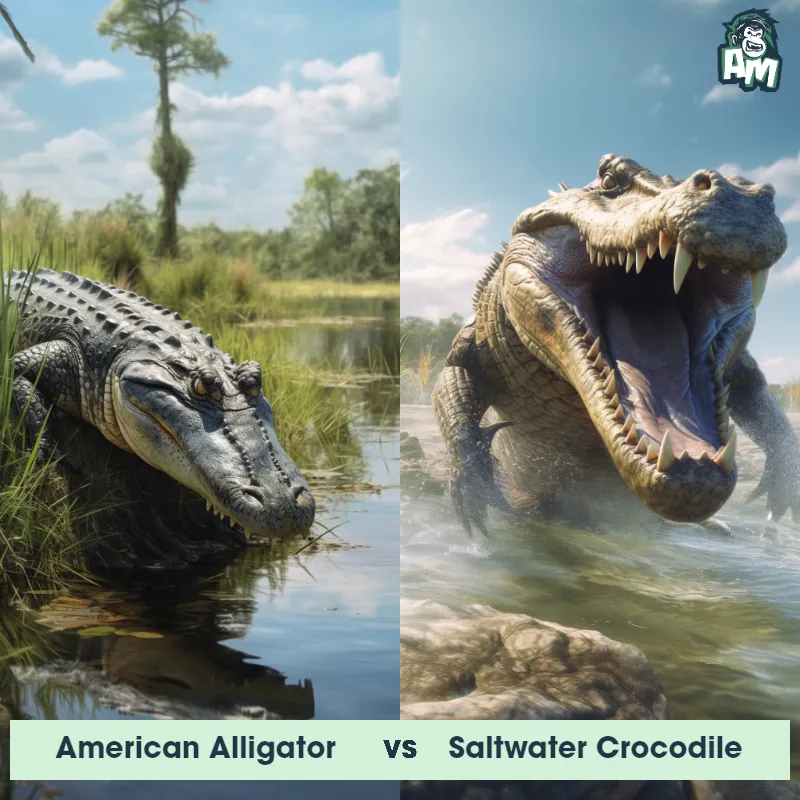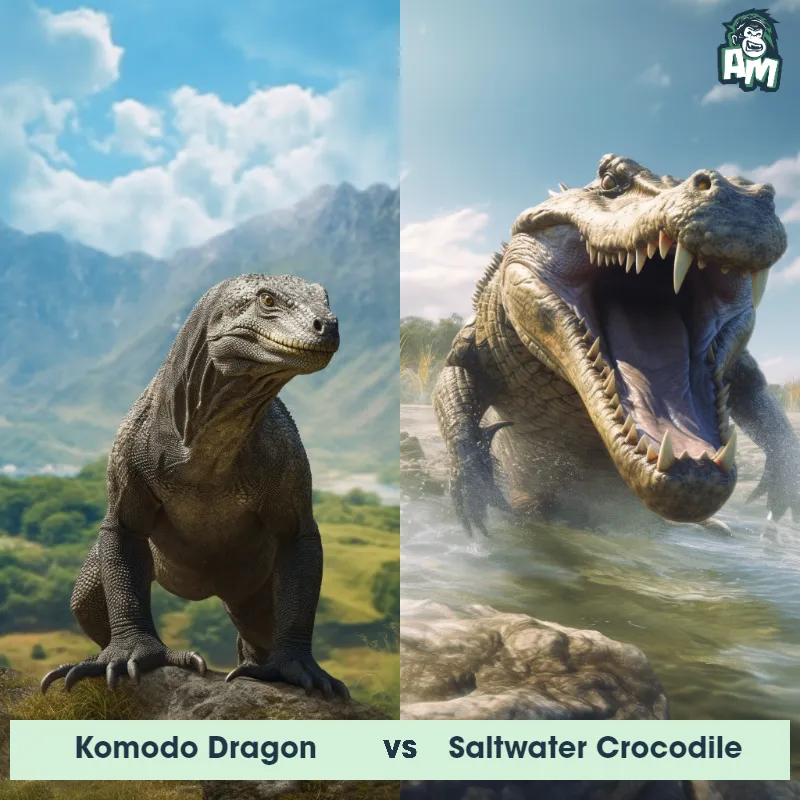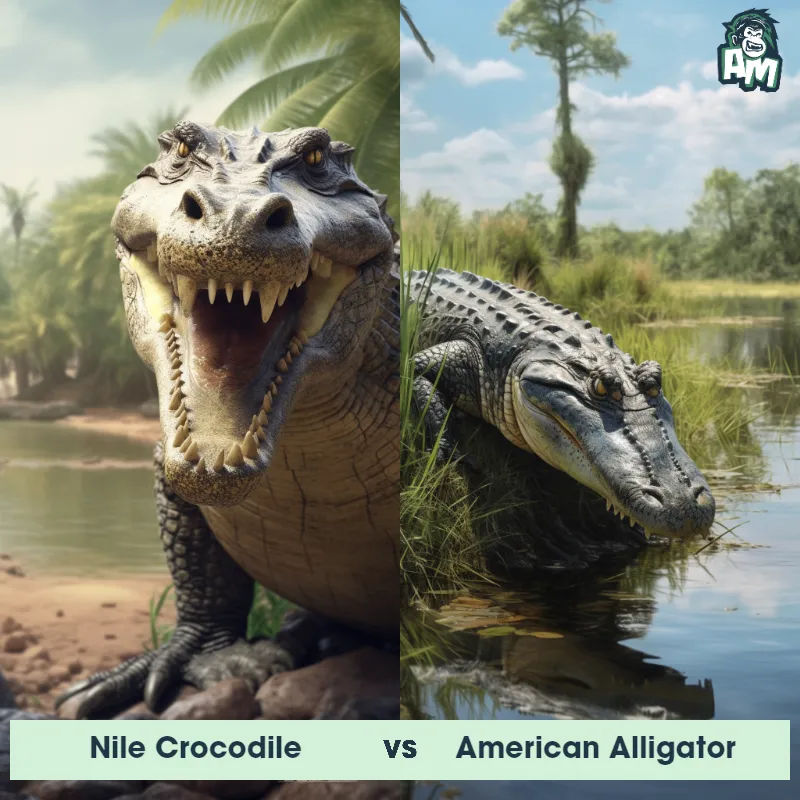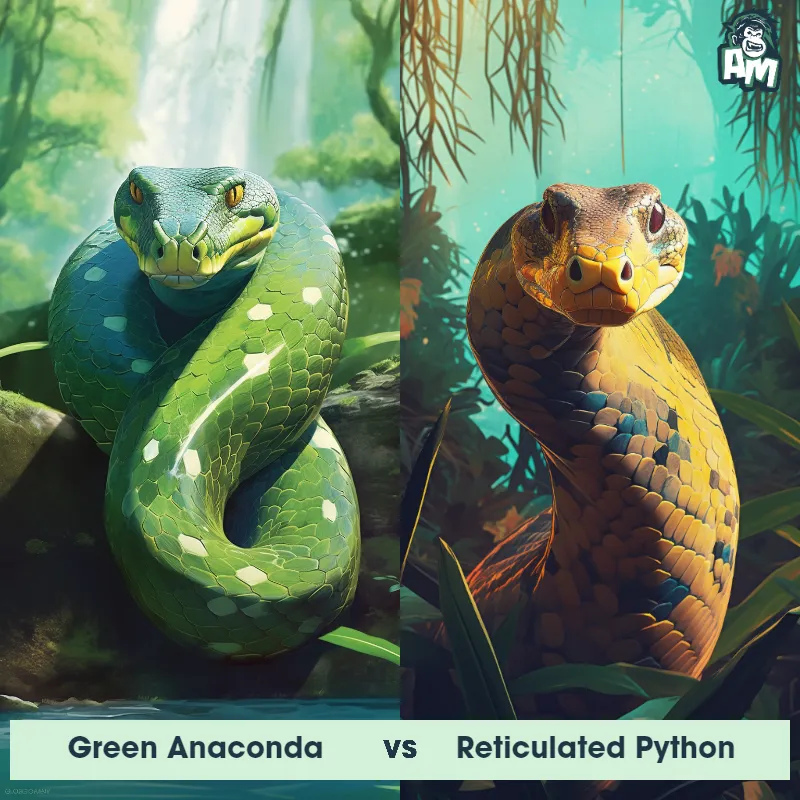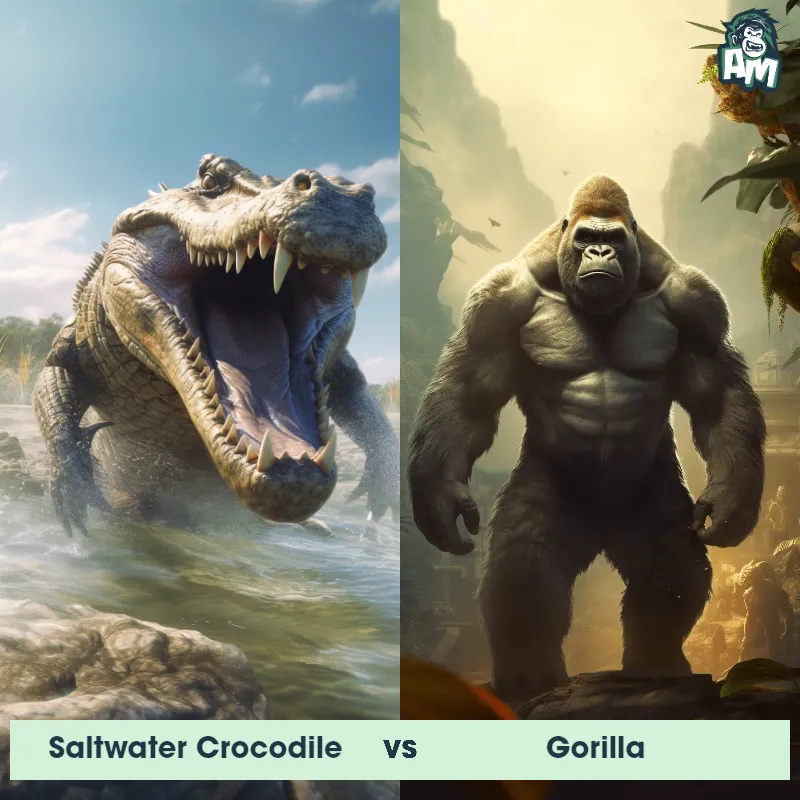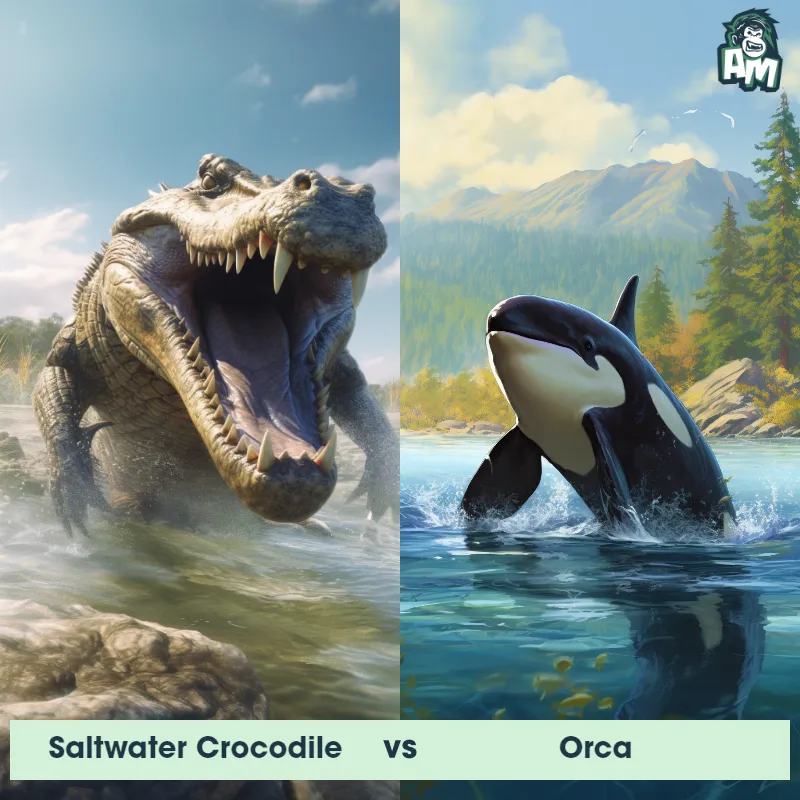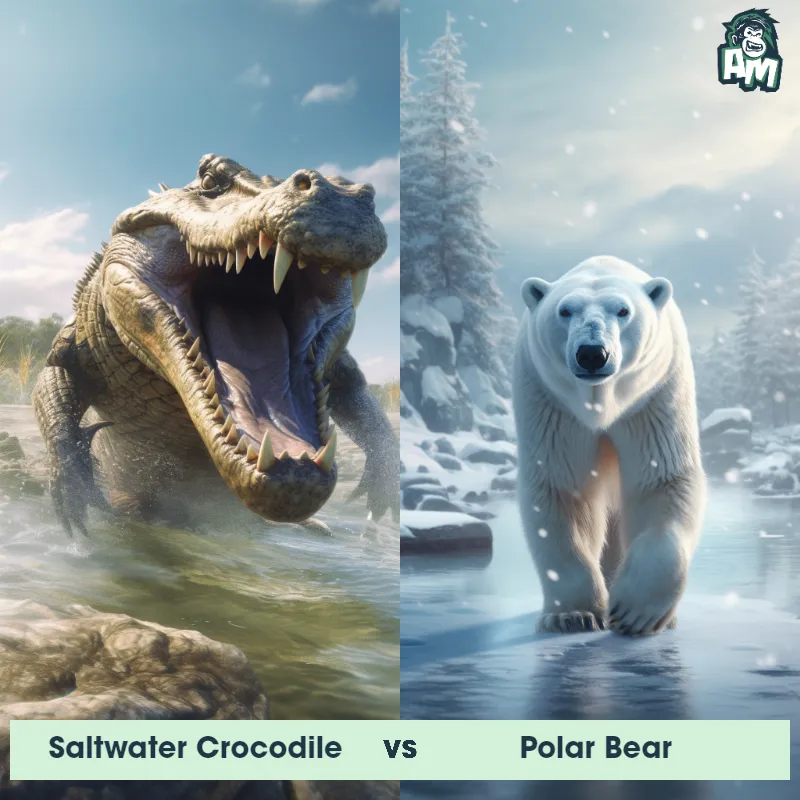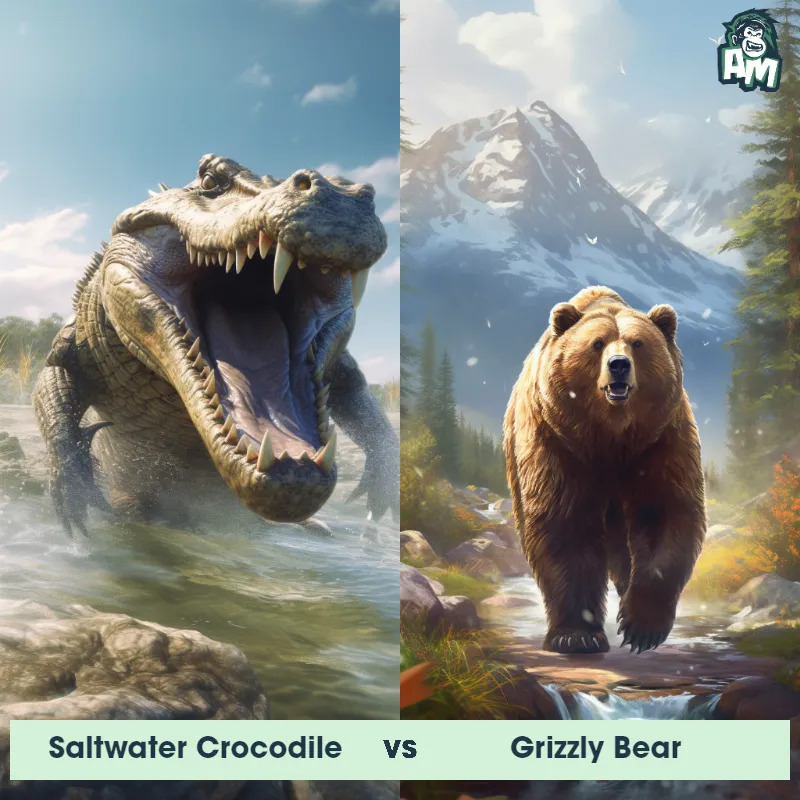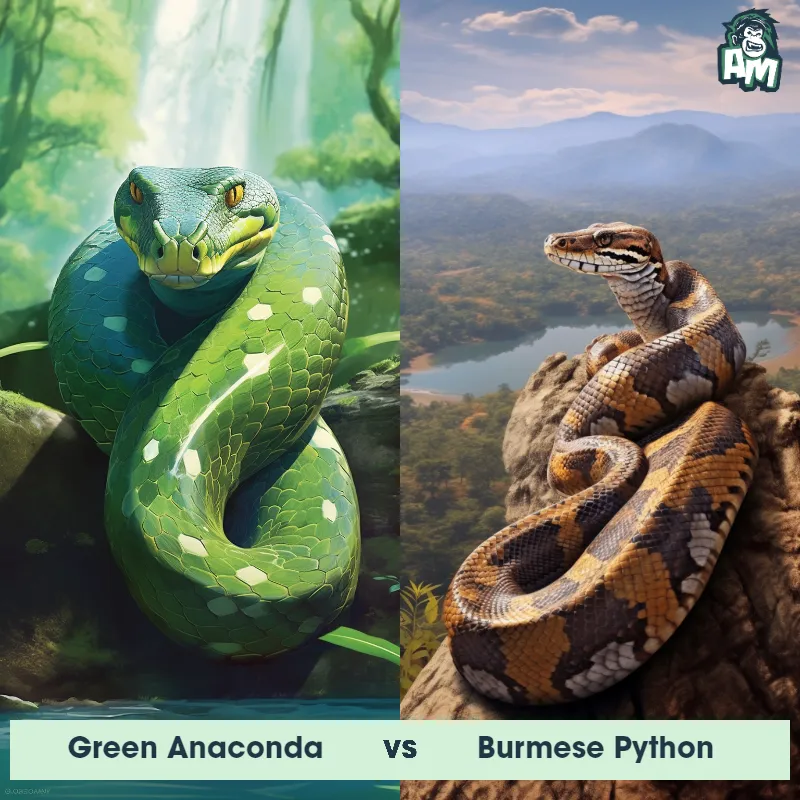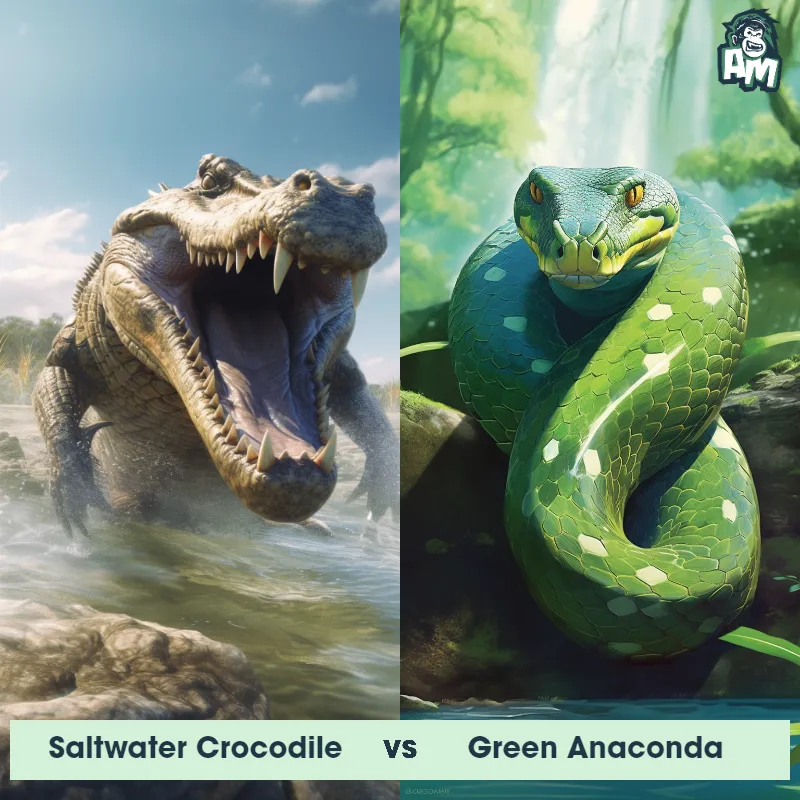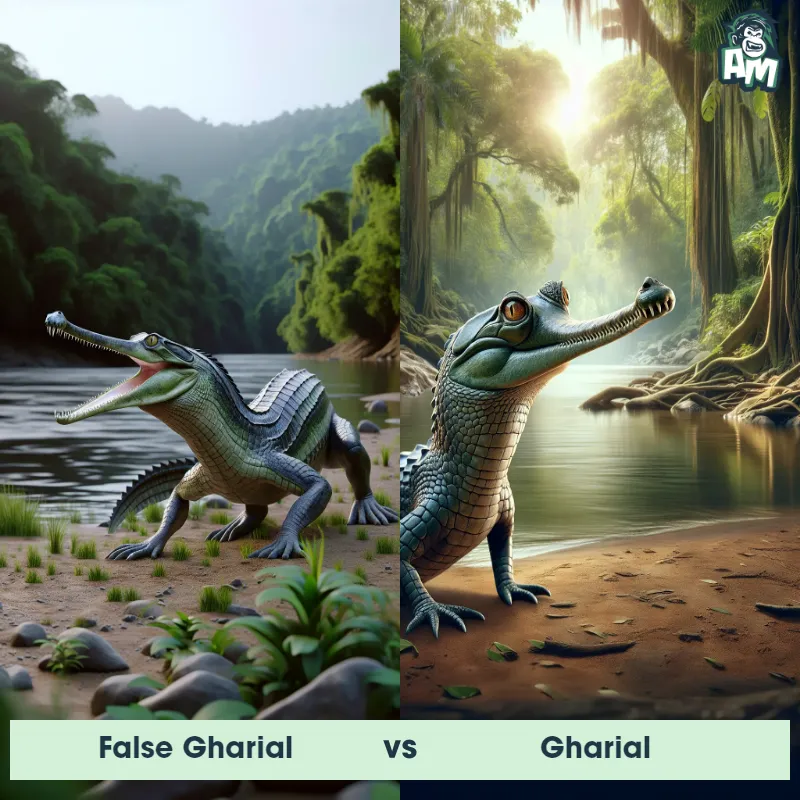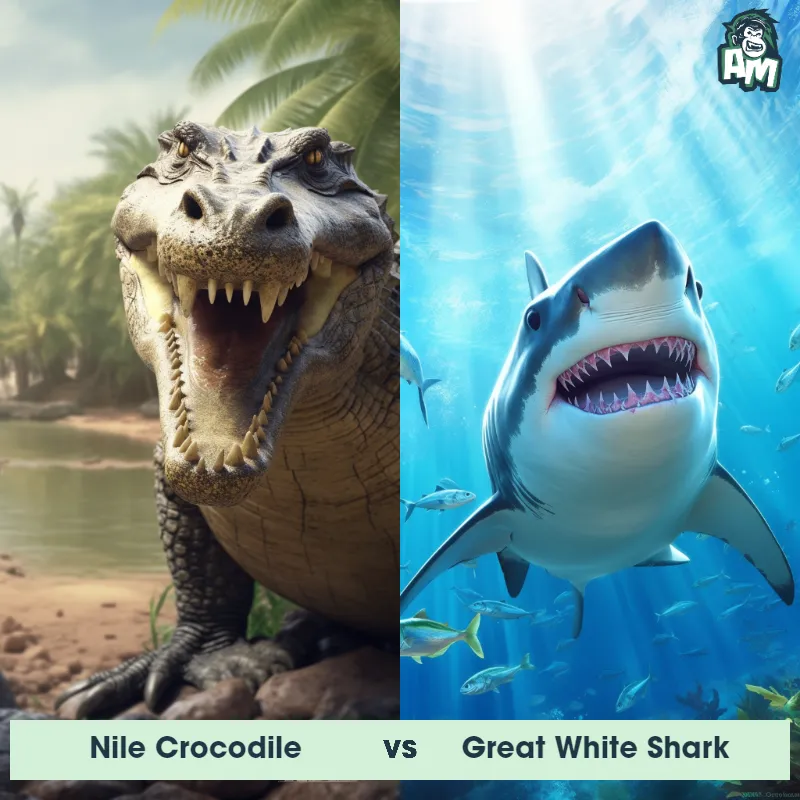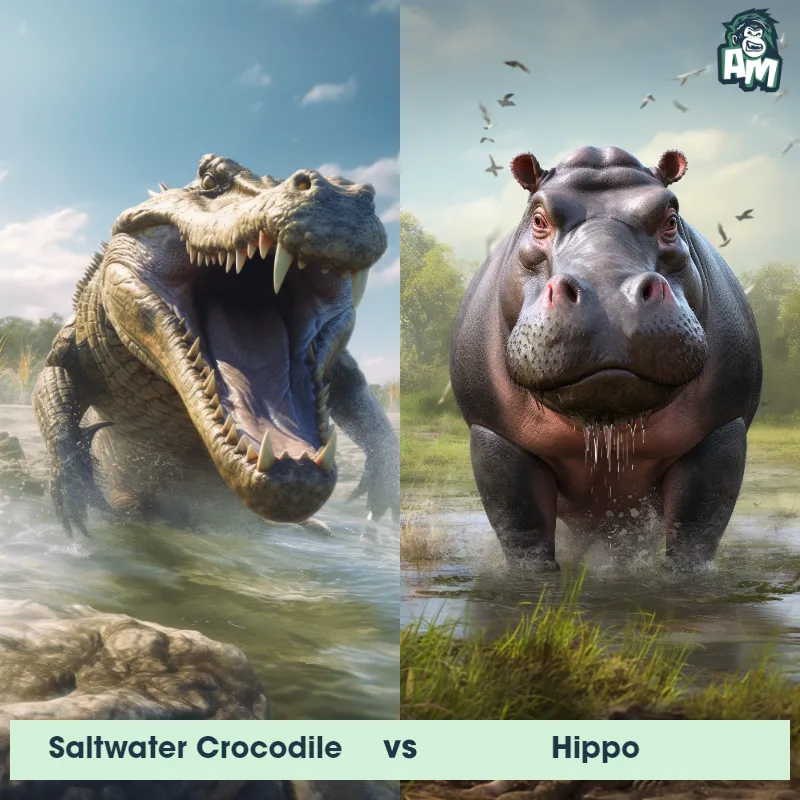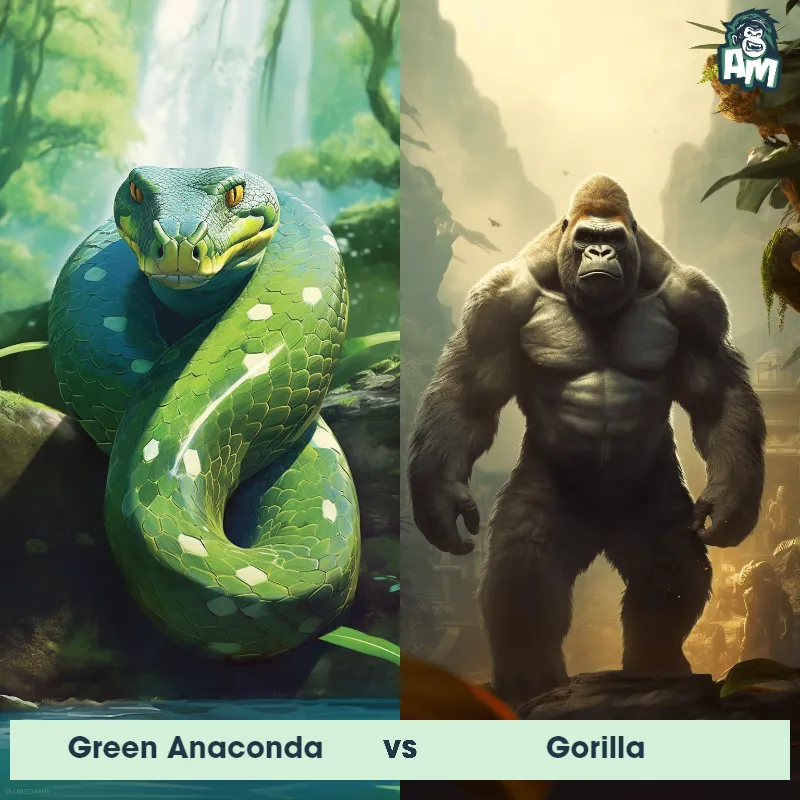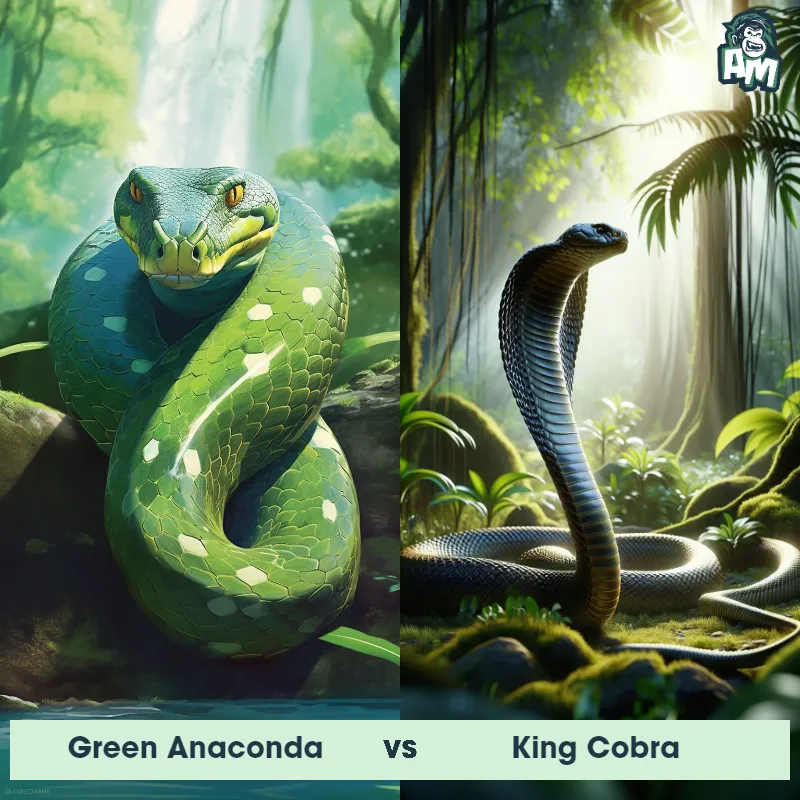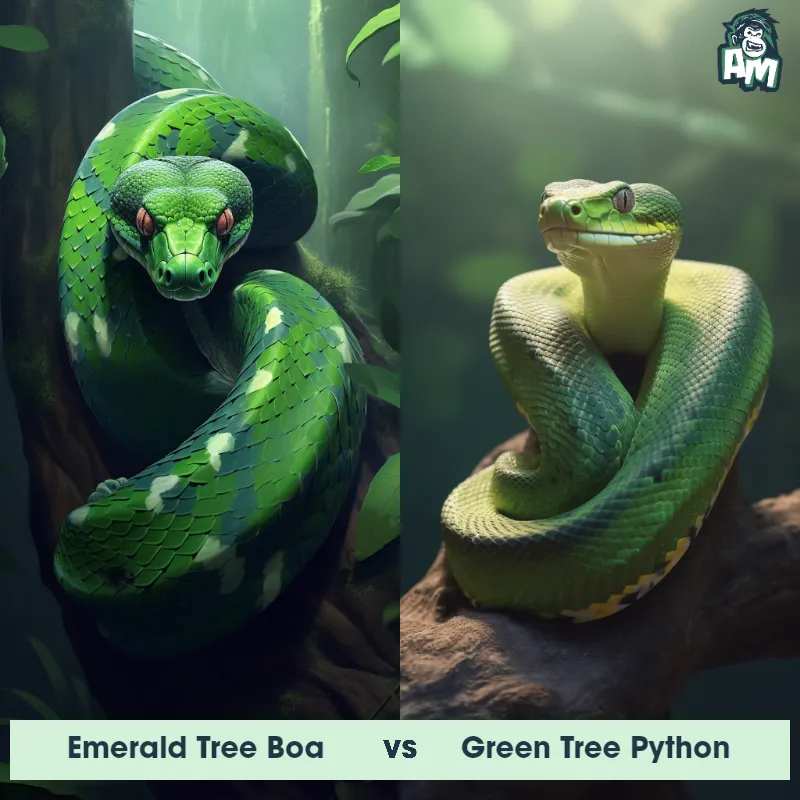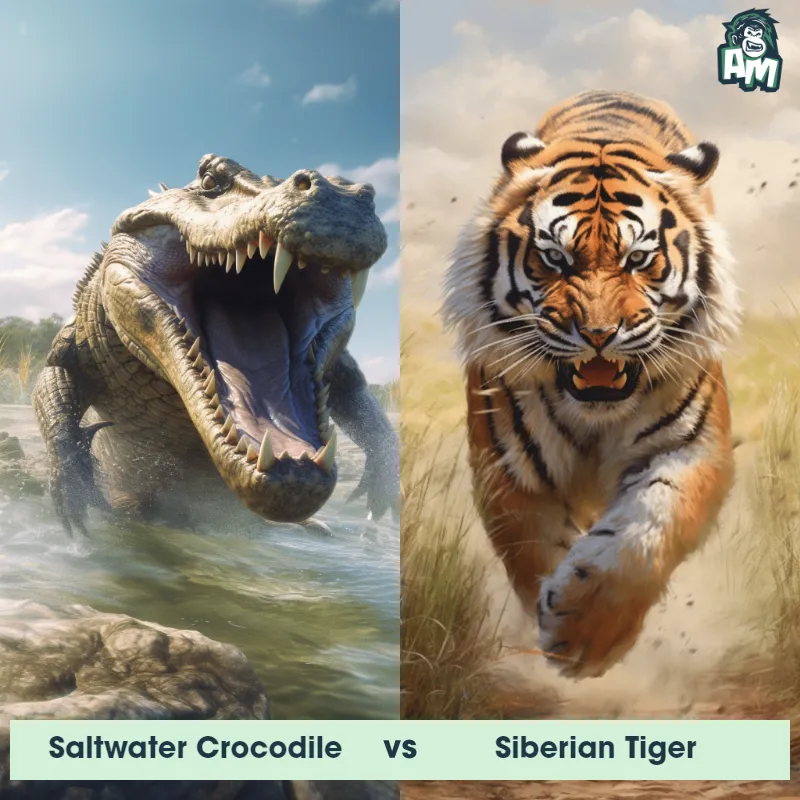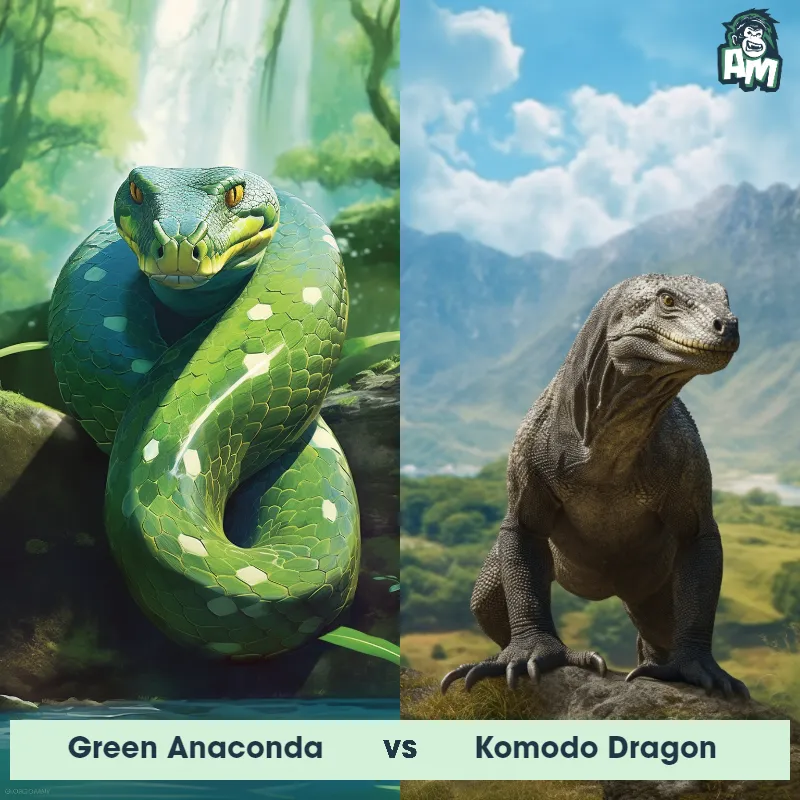Nile Crocodile vs Green AnacondaSee Who Wins

Ladies and gentlemen, welcome to this thrilling matchup between two fierce predators! Tonight, we have a Nile Crocodile taking on a Green Anaconda in a three-round fight that promises to leave us all on the edge of our seats. Both of these animals are known for their deadly skills in the wild, so get ready, because it's time for the show to begin!
Contender 1: Nile Crocodile
The Nile Crocodile, also known as the common crocodile, is a large reptile that can grow up to 20 feet long and weigh over 1,000 pounds. They have a powerful jaw with sharp teeth and a tough, scaly skin that ranges in color from gray to brown. Nile Crocodiles are found throughout sub-Saharan Africa and are known for their aggressive behavior and ability to take down large prey, including humans.
Fun Fact: Nile Crocodiles are known for their incredible strength and are capable of dragging prey weighing up to 1,000 pounds out of the water and onto land.
Contender 2: Green Anaconda
The Green Anaconda, also known as the common anaconda, is one of the largest and heaviest snakes in the world, with females growing up to 30 feet long and weighing over 500 pounds. They have a dark green coloration with black oval spots along their back and sides, and their eyes and nostrils are located on the top of their head, allowing them to breathe and see while mostly submerged in water. They are non-venomous constrictors, using their powerful muscles to squeeze their prey to death before swallowing them whole.
Fun Fact: Green Anacondas are excellent swimmers and can stay underwater for up to 10 minutes, using their nostrils to breathe while submerged.
Matchup Stats
| Nile Crocodile | Green Anaconda | |
|---|---|---|
| Size | Up to 20 feet (6.1 meters) | Up to 30 feet (9.1 meters) long |
| Weight | Over 1,000 pounds (453.6 kilograms) | Over 500 pounds (227 kilograms) |
| Speed | Land Speed: 11 mph (18 km/hr) | Speed: 5 mph (8 km/hr) |
| Key Strength | Powerful jaw and strong bite force | Powerful constricting muscles |
| Biggest Weakness | Slow on land and vulnerable to attacks on the underside of its body | Slow movement on land |
Current Votes
Nile Crocodile vs Green Anaconda
See Who Wins
View More Matches
Looking For More?
Similar Matches
Scientific Stats
| Nile Crocodile | Green Anaconda | |
|---|---|---|
| Scientific Name | Crocodylus niloticus | Eunectes murinus |
| Family | Crocodylidae | Boidae |
| Habitat | Freshwater rivers, lakes, and marshes | Freshwater rivers, swamps, and marshes |
| Geography | Sub-Saharan Africa | South America |
| Diet | Carnivorous, eats fish, birds, mammals, and occasionally humans | Carnivorous, feeding on a variety of prey including fish, birds, mammals, and reptiles |
| Lifespan | 70 years - 100 years | 10 years - 30 years |
Key Differences between Nile Crocodile and Green Anaconda
- Skin Texture: The Nile Crocodile has rough, bumpy skin with overlapping scales, providing protection and reducing water resistance, whereas the Green Anaconda has smoother skin with distinctive large scales.
- Head Shape: The Nile Crocodile possesses a broad, V-shaped snout, ideal for catching and gripping prey, whereas the Green Anaconda has a more rounded, blunt snout, which aids in swallowing large prey.
- Size: The Nile Crocodile is significantly larger than the Green Anaconda, with adult males reaching lengths of up to 20 feet, while the Green Anaconda is the heaviest snake in the world, but usually not exceeding 18 feet in length.
- Coloration: The Nile Crocodile displays a dark greenish-gray to black dorsal coloration with a lighter belly, while the Green Anaconda exhibits a dark green background coloration with black oval spots along its entire body length.
- Habitat: The Nile Crocodile primarily inhabits freshwater habitats such as rivers, lakes, and wetlands in sub-Saharan Africa, whereas the Green Anaconda is native to the Amazon rainforest, inhabiting slow-moving rivers, swamps, and marshes in South America.
- Shape: The Nile Crocodile possesses a long, streamlined body, adapted for swift movement in water, while the Green Anaconda has a robust, cylindrical body that allows for maneuverability both in water and on land.



